I’ve come a LONG way from my days of drinking White Zinfandel from a five gallon box to the Rosé wines that I enjoy today. Change and evolution are good, right? Even when I was weaning myself off the sweet box wine and beginning to drink more red wines, I remember Rosé still being uncool whether it was the sweet White Zinfandel or some other drier Rosé. But somewhere in the last several years, Rosé has become the cool kid on the block and a whole host of hashtags have sprung up around the wine such as #RoséAllDay #YesWayRosé, #RoséStateOfMind, and on and on. It seems that many folks love all things Rosé.
The great thing about Rosé is that is can be made from just about any red grape and comes in a wide range of hues from orange to pink to purple and a range of styles from bone dry to sweet. Just depends on what you’re up for. And while you’re sipping on the still wines, don’t forget that sparkling Rosé is fabulous as well. Rosé wines can be made in three different ways – juice contact with the skins, blending, and saignée – with the skin contact method being the primary method. So why does a Rosé become a Rosé instead of a red wine? Basically, the grape skins sit in the pressed juice for a short period of time giving us a lighter pink color rather than a dark red one.
In many instances, Rosé wines take on the aromas and flavors of the grape varieties from which they are produced but to a much lesser extent than their full red wine counterparts. I tend to be a fan as they really are a great middle ground, particularly when having a BBQ, as they are a bit more substantial than many white wines, but are also cool and refreshing unlike some bigger red wines.
As there just seems to be an unending supply of different Rosés on the market, I picked up a case of various Rosés made from different grapes and different countries to see and taste the various styles. All of the wines retailed for under $20. Needing some help, I called over my #WineSquad to help me taste. We all have different preferences in wine as well as different knowledge levels so it was a good mix. We opened five different Rosés – all made from different grapes and all from different countries.
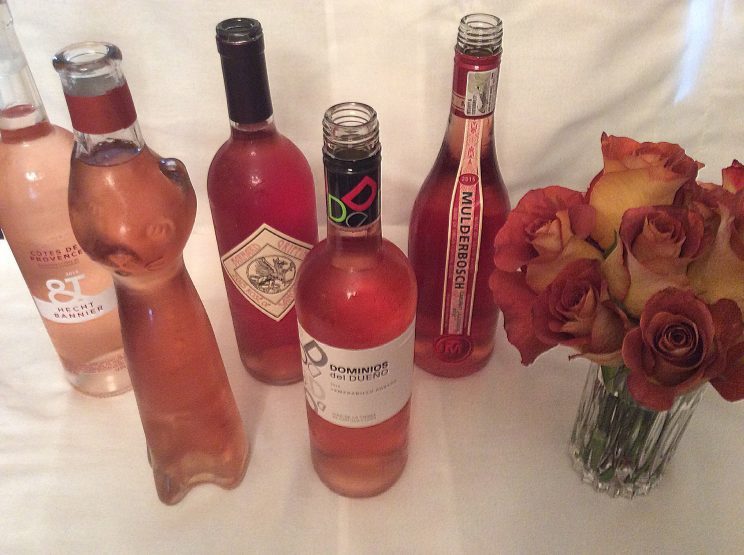
We paired the wines with various snacks including charcuterie, grapes, nuts, truffle parmesan popcorn, and Doritos (as the folks at VinePair love this combo).
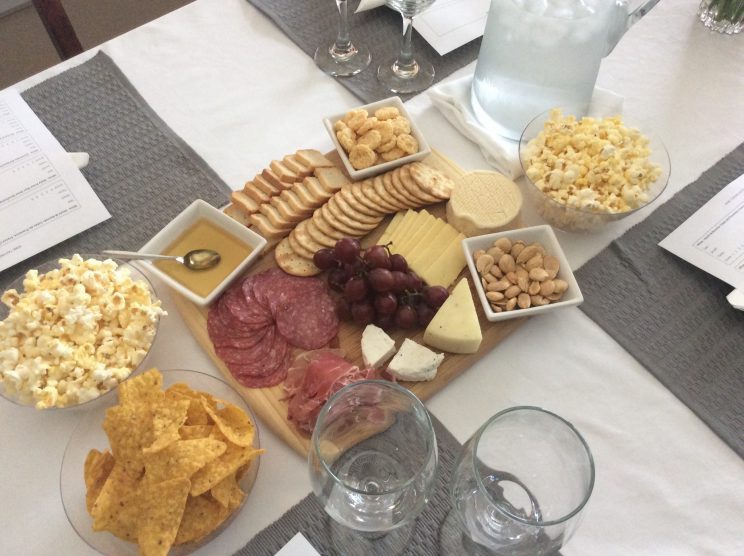
Hecht & Bannier Côtes de Provence, France (2015)
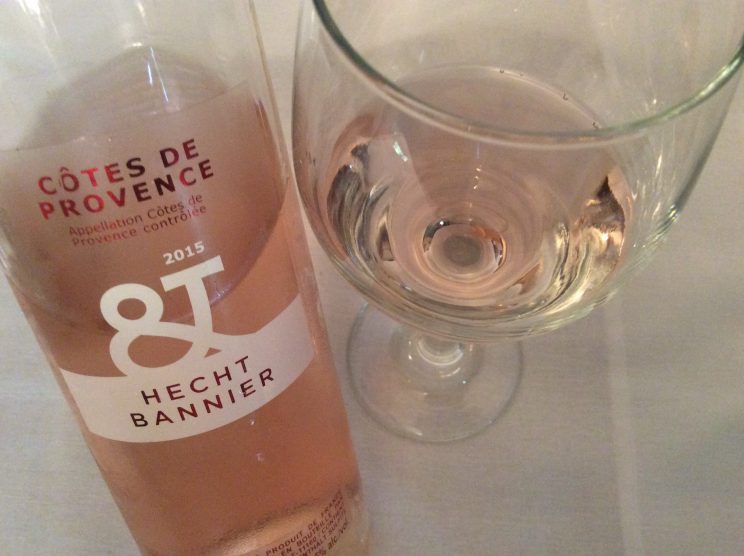
First up was a Rosé from Provence. When in doubt, I always reach for a Rosé from Provence as it’s hard to go wrong and I know exactly what I’m getting. This one was a blend of 45% Cinsault, 30% Grenadche, and 25% Syrah. It was a beautiful, pale light salmon, peachy color. On the nose, we all picked up some strawberry and some of us picked up notes of citrus, apple, and lavender. The same strawberry aromas were present when tasting as well as some really nice acidity. This was a well-balanced wine and all that nice acidity helps it to pair with a wide range of foods. We all loved it with the charcuterie.
For overall scoring, this wine tied for second and third best as half of us thought it was the second best wine and the other half thought it was the third best wine. Lesson learned – taste with an odd number of people!
Nahe Pinot Noir Rosé Qualitätswein, Germany (2014)
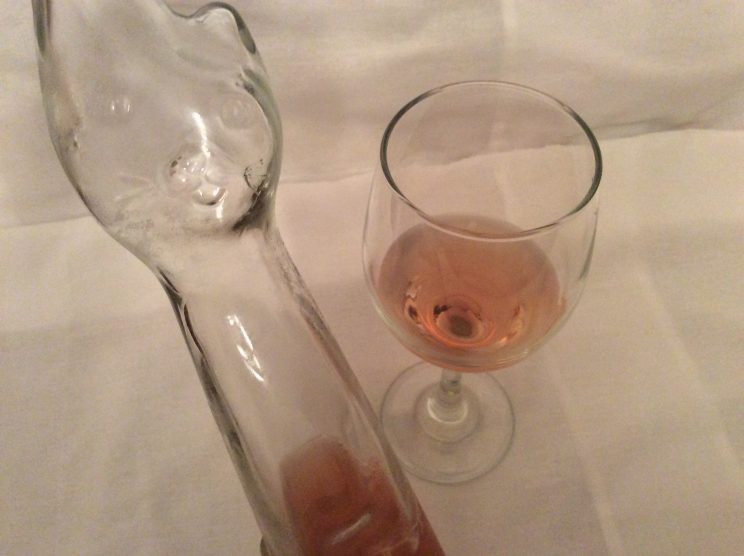
Next up was a German Pinot Noir Rosé. This was the least favorite for all of us and was ranked the lowest by everyone. While we all generally picked up some sweetness and honeysuckle on the nose, we all thought it tasted like vinegar. One taster thought it was similar to cough syrup and another compared it to pickle juice. In addition to the obvious tartness, there was also some residual sugar that leant a hint of sweetness. So it managed to be sweet and sour all at once. I’m not sure if this was typical of the wine or if we just got a bad bottle. The one redeeming quality was the cute cat-shaped bottle. OK, that’s all I have. Moving on…
Dominios del Dueño Tempranillo Rosado, Spain (2015)
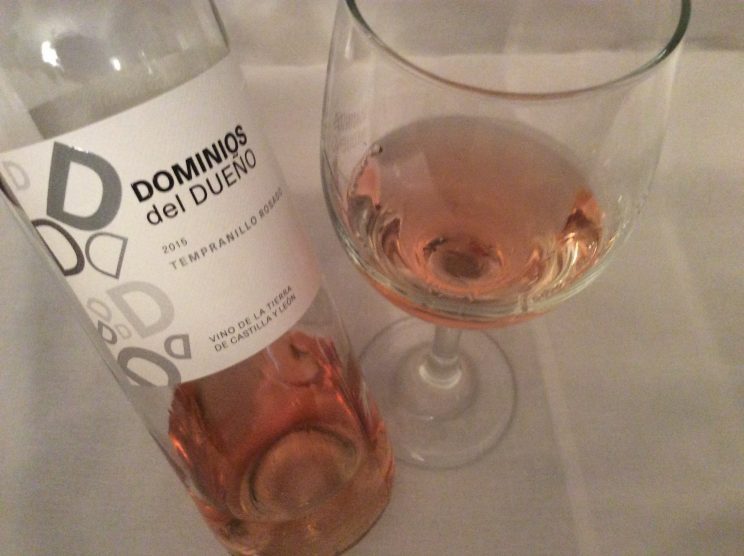
Next up was a Tempranillo Rosado. Rosado is the Spanish work for Rosé. Those five years of Spanish did me good. Ha! This was the consensus favorite of the group. Every taster ranked it the number one wine. And I seriously can’t wait to go and pick up some more. It was a very pretty dark salmon/peach color with prominent aromas of honey and berry as well as some apple and a little bit of pepper. Tasting it revealed some lovely berry fruit and maybe a hint of orange and we liked it most with the goat cheese and the truffle parmesan popcorn. Good juice here.
Barnard Griffin Rosé of Sangiovese, Washington (2015)
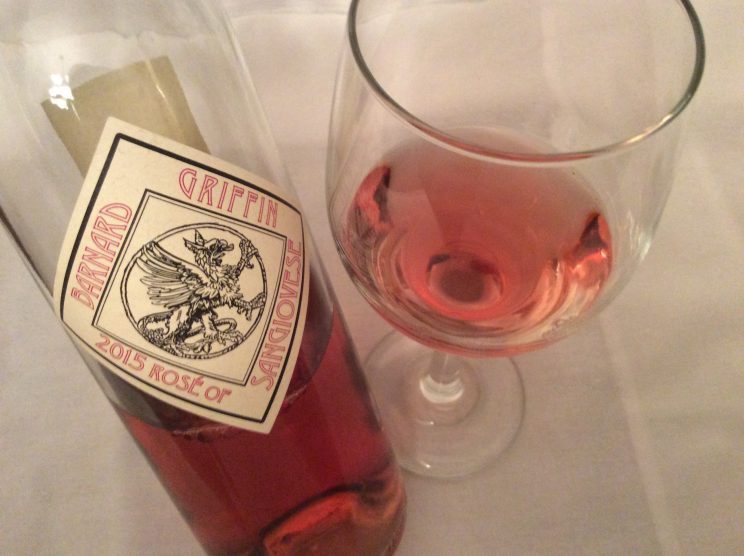
Our American representative was next and ended up tying with the Rosé from Provence as the second/third favorite. We’ll call them both second place finishers. It was a Sangiovese based wine from Columbia Valley in Washington State. I loved the nose on this as it was like sticking your nose in a bowl of strawberry and blackberry jam. This one tasted of strawberry fruit and had a hint of sweetness on the front and some tart acidity on the finish. Of all of the wines we drank, this one probably needed food the least. It was just easy drinking all on its own, but I would love to have it with some spicy Thai food.
Mulderbosch Cabernet Sauvignon Rosé, South Africa (2015)
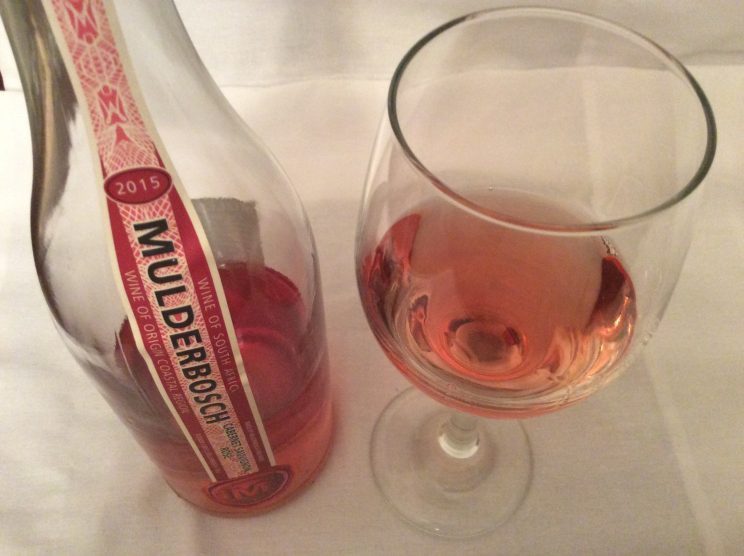
The final wine we tasted was from South Africa. And while we all scored this one fourth out of five wines, it was a really nice wine and was nowhere near the fifth place finisher. It’s just that the other three were a tad bit better in our opinions. But I’d certainly buy this again. This was by far the darkest pink of the Rosés. Interestingly, we all had a difficult time picking up any aromas from this wine. Glad it wasn’t just me! Tasting it revealed some rich cherry and raspberry fruit. I really liked this with the grapes but also think it would go well with some glazed ribs.
So there you have it. The impressions from my #WineSquad. While the wines varied from very dry to a hint of sweetness, the common theme in all of these wines was their freshness and crisp acidity and the prevalence of ripe red fruit. Definitely the perfect wines for that summer BBQ or lounging by the pool.

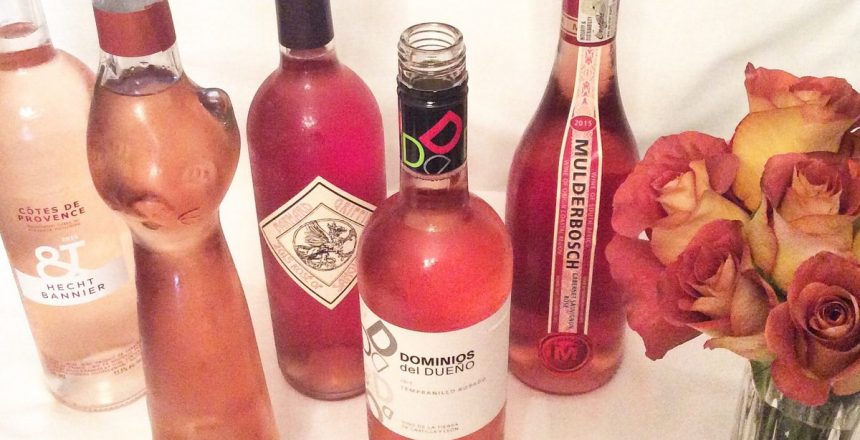
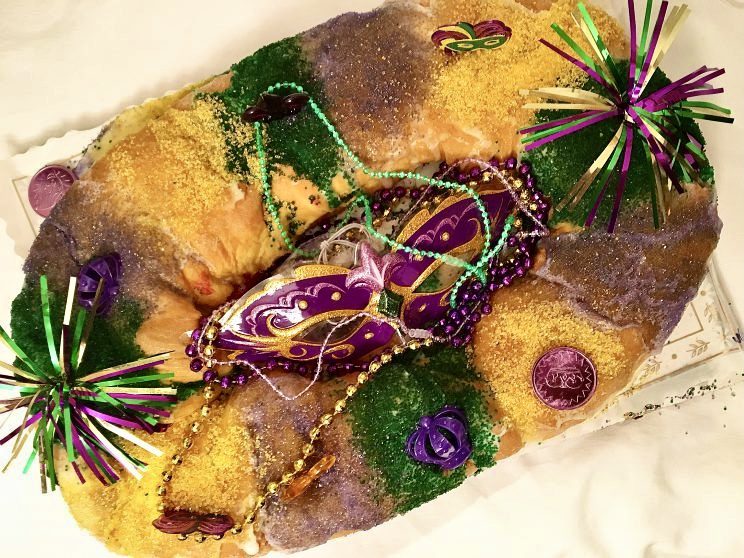
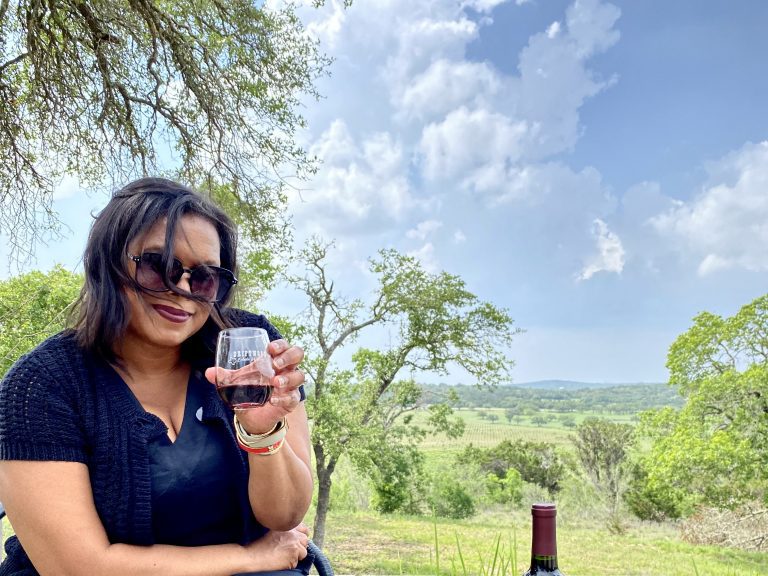
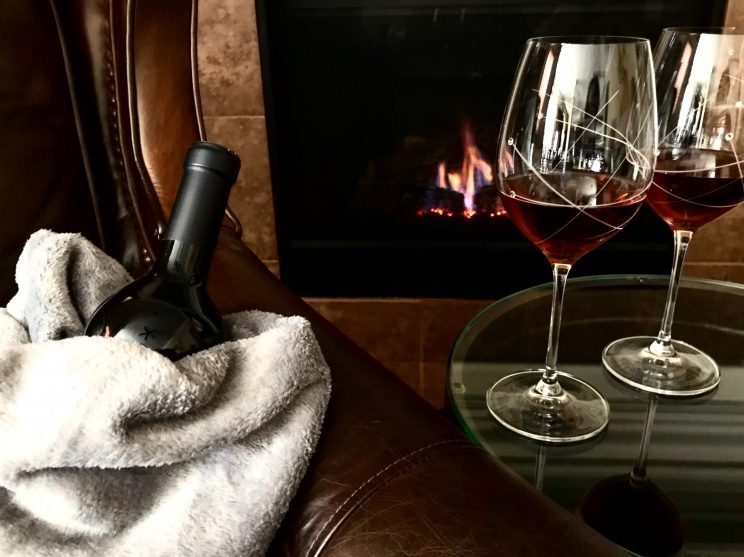

4 Comments
Gristle&Gossip
•8 years ago
This is great!! Thank you for sharing these various Rosé options. I did a wine post on Wednesday covering the Côtes du Rhône varietals and they have a couple pretty decent Rosé options as well. The Les Dauphin Rosé was the winner that night. Fresh. Crisp and 75% Grenache grape. Anywho, enjoyed your post. Have a great holiday weekend. – G&G
Kat
•8 years ago
G&G thanks so much for reading and the feedback. Can’t wait to read for post on Rhone wines. We may have to collaborate on a future project!
Jill BARTH
•8 years ago
I love the fun of a tasting group… great piece! I’ve seen the South African Mulderbosch at one of my shops, was curious. Thanks & cheers!
Kat
•8 years ago
Jill, agreed. Tasting with a group is lots of fun. Thanks for your comments.